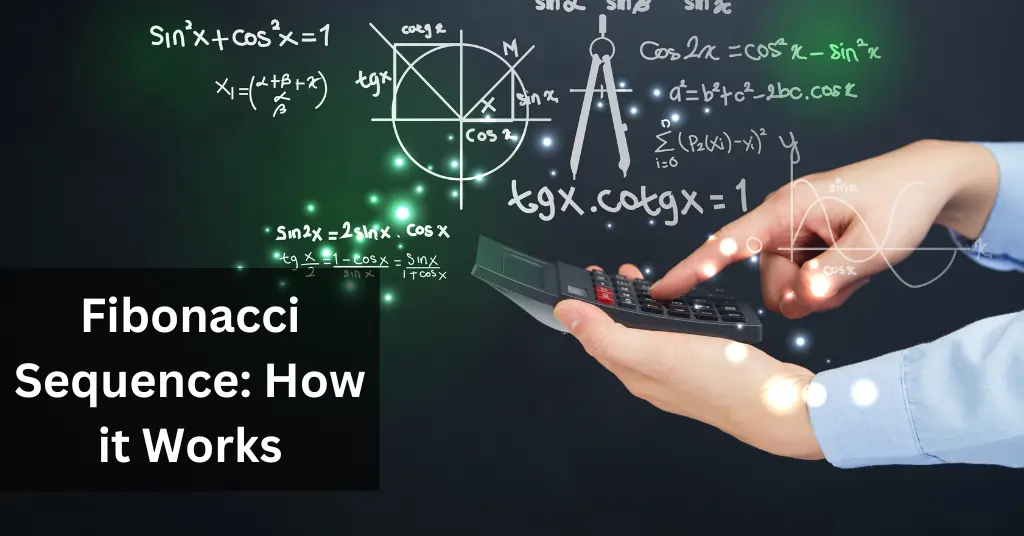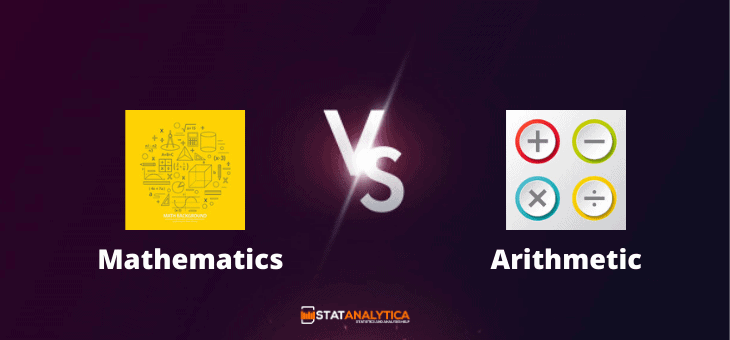In this article we are going to discuss fibonacci sequence, how does it work and how to properly use it. So let’s get started.
Did you know that nature’s unique ratio, which describes the proportions of everything from the tiniest atoms to the stars and planets in the sky, can be applied to trading, investing and gambling?
This ratio maintains balance in the natural world and seems to do so in financial markets as well. The Golden Ratio, as its more commonly known, is derived from the Fibonacci sequence, a series of numbers that have formed the basis of several financial systems and strategies.
Understanding the Fibonacci Sequence
Table of Contents
Fibonacci Sequence at a Glance
- The Fibonacci sequence is a series of increasing numbers equal to the sum of their predecessors.
- The Golden Ratio of 1.618 is based on the Fibonacci sequence, which describes patterns in nature such as growth and expansion.
- The Fibonacci sequence is used to analyse financial markets, following techniques such as retracements (recovering losses), arcs (extending gains), and fans (helping investors avoid overbuying or selling too early in a stock’s trajectory).
The Fibonacci sequence is a series of numbers that was first introduced in the West by the 13th-century Italian mathematician Leonardo Fibonacci. Fibonacci may have popularised the sequence on European shores, but the numbers themselves originated in Ancient India.
Around 200 B.C., Indian poet and mathematician Acharya Pingala used the same sequence of numbers to count syllables in Sanskrit poetry. However, the method for calculating them wasn’t formulated until approximately 600 A.D. by the prosodist Virahanka.
The Fibonacci sequence starts with 0 and 1, with the following number being the sum of the previous two. The sequence goes 0, 1, 1, 2, 3, 5, 8, 13, 21, 34, 55, 89 and so on. The rule for the sequence is as follows: xn = xn−1 + xn−2.
Unlike the various other numerical sequences used in mathematical calculations today, the Fibonacci sequence isn’t governed by a specific formula. However, as the sequence grows longer, specific patterns begin to emerge. For instance, the series of final digits in the sequence repeats with a cycle length of 60.
Then, of course, there’s the Golden Ratio. Also known as the Divine Ratio, the golden ratio has gained significant importance in mathematics, science, art, and philosophy during the centuries that it was derived from the Fibonacci sequence. The ratio of 1.618 is based on the quotient between each successive pair of Fibonacci numbers, found by dividing each number by its predecessor. The natural world is full of things with dimensional properties that adhere to the ratio, while shapes based on the ratio can be found in cultural wonders like the Great Pyramid of Giza and the Parthenon in Athens.
How to Use the Fibonacci Sequence
From playing the table games on this site to trading stocks, there are all sorts of ways you could use the Fibonacci sequence and the golden ratio. When applied to gambling, the sequence forms the basis of the Fibonacci betting system, while technical traders apply Fibonacci Retracements to the financial markets. Moreover, the golden ratio is involved in all areas of visual design.
Fibonacci Betting System
The Fibonacci system is a betting strategy commonly used in gambling, particularly in games such as roulette and blackjack. When applying the approach, players start by betting a small amount, such as $1. If they lose the bet, the next bet is the same amount, $1. If they win the bet, the next bet is the sum of the previous two bets.
So, if the player loses the first bet, the next bet is $1. If they win the second bet, the next bet is $1+$1 = $2. If they lose the third bet, the next bet is $2. If they win the fourth bet, the next bet is $2+$1 = $3, and so on.
The core theory behind using the sequence to inform a betting strategy is that, eventually, a winning bet will be made that will recoup all previous losses and make a profit. The system assumes that the player will hit a winning streak when increasing their bets gradually. However, it is essential to remember that this system isn’t a guaranteed way to win and has inherent risks, especially if a player doesn’t have a substantial bankroll.
Fibonacci Retracement Levels
One of the most popular tools technical analysts use to predict asset price levels, Fibonacci retracement levels utilise the relationship between the numbers in the Fibonacci sequence – the golden ratio – more than the actual numbers themselves. Finding the two most extreme points on a stock chart, analysts then divide the distance between them according to the ratios of 23.6%, 38.2%, 50%, 61.8% and 100%.
Conclusion
Once the vertical ratio levels are identified, horizontal lines are then drawn that indicate areas of potential support and resistance. If the price of an asset is on an uptrend but begins to dip, analysts apply retracements to identify potential levels where the price may find support. If the price reaches one of these levels and then bounces back up, it is a sign that the uptrend may continue. On the other hand, if the price breaks below a key Fibonacci level, it may be a sign that the uptrend has ended, and the price could continue to drop further.


